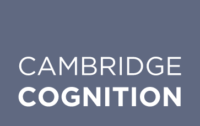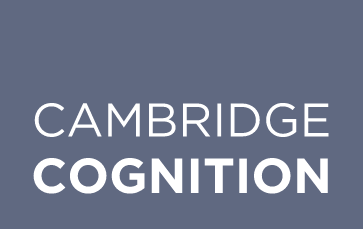Speech Biomarkers for Alzheimer’s Disease Show Promise Across Multiple Languages
The search for reliable, accessible biomarkers for early detection of cognitive decline has taken an important step forward.
At AAIC 2025, our team presented data demonstrating that speech and language patterns can serve as valid digital biomarkers for Mild Cognitive Impairment (MCI) and Alzheimer’s disease (AD) across multiple languages. This is a critical advancement for global clinical research, helping ensure that early detection and monitoring tools are inclusive and effective for diverse populations.
The Challenge: Moving Beyond English-Only Research
While researchers have long recognized that neurodegenerative diseases affect speech and language, most studies have historically focused on English-speaking populations. As clinical trials expand globally, there is a pressing need for digital endpoints that work reliably across different languages.
A key question emerged: Do speech markers for MCI and AD hold true across different languages and linguistic structures? Addressing this question could significantly enhance the inclusivity and applicability of digital cognitive assessments.
A Multilingual Approach
To explore this, we analySed baseline data from 242 patients with MCI and AD across four languages: Danish, Dutch, German, and Spanish. Each participant completed a standardised picture description task in their native language, and we analysed their speech using the Winterlight speech processing pipeline.
We focused on five key speech features previously linked to MCI and AD:
-
Number of picture objects described
-
Number of nouns used
-
Speech rate
-
Pronoun-to-noun ratio
-
Average word length
We also created a composite score combining these measures and examined how all features related to the Mini Mental State Examination (MMSE), a widely used cognitive assessment tool.
Key Findings: Consistency Across Languages
Our results provide encouraging evidence for the cross-linguistic validity of speech biomarkers:
-
Consistent patterns across languages: The relationships among speech features showed generally consistent directions across all four languages, with German showing the strongest correlations.
-
Strong correlations with cognitive function: Both the composite score and object content unit score were significantly correlated with MMSE scores across all languages. Composite score correlations ranged from –0.26 to –0.47, while object content unit correlations ranged from 0.27 to 0.42.
-
Enhanced sensitivity through combined measures: The composite score and object content unit score were more sensitive to cognitive decline than individual speech features alone, suggesting that a holistic approach to speech analysis is most effective.
Why This Matters
Validated digital endpoints that work across languages can enable more inclusive and diverse clinical trials, potentially accelerating the development of new treatments for neurodegenerative diseases.
Speech-based assessments offer several advantages:
-
Non-invasive and accessible
-
Provide objective, quantifiable data
-
Complement clinician assessments and patient-reported outcomes
These tools could transform how cognitive health is monitored, making early detection of MCI and AD possible for people regardless of the language they speak.
Implications and Future Research
These results provide objective evidence that executive function deficits can be captured through the speech of individuals with depression. By detecting these changes through brief, low-burden, scalable assessments, speech markers offer a valuable tool for assessing both depression and cognitive dysfunction in a flexible, high-frequency manner. This helps to shine a light on aspects of cognition and behaviour that are affected but often missed by routine clinical assessments.
The next crucial steps involve a longitudinal follow-up to build on these findings with repeated testing. This research will test whether voice assessments can track changes in depressive symptoms following treatment.
Conclusion
The cross-linguistic validity of speech and language digital biomarkers represents a meaningful step toward more inclusive and accessible approaches to detecting and monitoring cognitive decline. By continuing to refine these tools and expand their use across diverse populations, we move closer to a future where early intervention for neurodegenerative diseases is available to all.
References
- Van Den Berg, R. L. et al. Digital remote assessment of speech acoustics in cognitively unimpaired adults: feasibility, reliability and associations with amyloid pathology. Alz Res Therapy 16, 176 (2024).
- Robin, J. et al. Automated detection of progressive speech changes in early Alzheimer’s disease. Alz & Dem Diag Ass & Dis Mo 15, e12445 (2023).
- Robin, J., Xu, M., Kaufman, L. D. & Simpson, W. Using Digital Speech Assessments to Detect Early Signs of Cognitive Impairment. Front. Digit. Health 3, 749758 (2021).
Poster Download Request
Thank you for your interest in our research. Please complete the form below to access our research content.
Author

Rob Baker
Chief of Product & Operations

Job title

Job title

